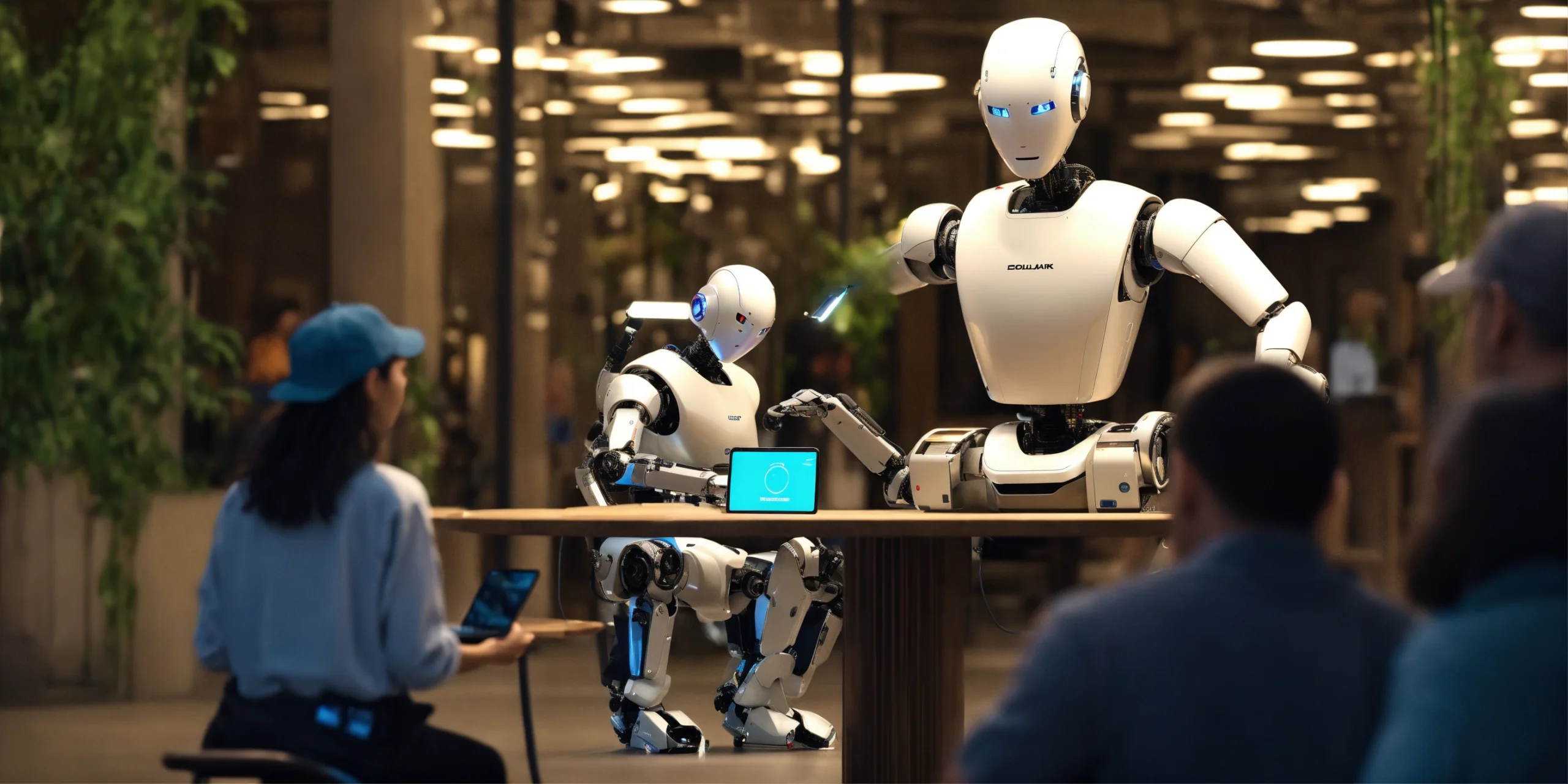The blackboard is out. Smartboards, learning apps, and AI tutors are in.
Education has come a long way from chalk and textbooks—and in 2025, artificial intelligence (AI) is at the heart of the biggest transformation yet. Whether you’re a student, a parent, or an educator, AI is changing how we learn, teach, and prepare for the future.
So what does this mean for classrooms, colleges, and the next generation of learners?
Let’s explore how AI is reshaping education, one algorithm at a time.
🤖 What Exactly Is AI in Education?
Before we dive into the impact, let’s clarify: AI in education refers to software and systems that use machine learning, data analysis, and automation to enhance learning experiences.
It’s not just about robots teaching your math class. AI is already behind:
-
Personalized learning platforms
-
Automated grading
-
Smart content creation
-
Adaptive testing
-
Virtual tutors and assistants
In short, AI helps tailor learning to the student, making education more efficient, accessible, and effective.
🎯 1. Personalized Learning for Every Student
No two students learn the same way—and now, they don’t have to.
AI-powered platforms like Khan Academy’s AI tutor, Duolingo, and Century Tech analyze how students interact with content. Based on their pace, strengths, and weaknesses, the platform adapts the material in real time.
💡 Why it matters:
-
Students get extra help where they struggle
-
Fast learners aren’t held back
-
Builds confidence and independence
Think of it as a tutor that never sleeps and never loses patience.
⏱️ 2. Smart Automation = Less Busywork for Teachers
Ask any teacher—they spend hours grading, prepping lessons, and managing paperwork.
AI tools are helping to lighten the load:
-
Auto-grading essays and quizzes
-
Generating lesson plans based on curriculum goals
-
Monitoring student performance with instant insights
This frees up teachers to focus on what matters most: actual teaching and human connection.
🧑🏫 Bonus:
With AI, teachers can track student progress more accurately and intervene early when someone’s falling behind.
🌐 3. Breaking Language and Accessibility Barriers
Students with disabilities or language differences often face barriers in traditional classrooms. AI is helping break those walls down.
✨ Real-World Examples:
-
Real-time captioning & transcription (like Google’s AI-powered tools)
-
AI translators that help non-native speakers learn faster
-
Voice-to-text and text-to-voice tools for students with reading or writing difficulties
Result? A more inclusive classroom where everyone can thrive.
🧠 4. 24/7 AI Tutors and Virtual Study Buddies
Need help solving an algebra problem at 2 a.m.? AI’s got your back.
Platforms like ChatGPT, Socratic, and Quizlet AI offer round-the-clock assistance, giving students instant answers, explanations, and guidance.
No more waiting for office hours or falling behind due to a missed class.
📱 Popular Tools:
-
Socratic by Google – Snap a pic of a problem, get step-by-step help
-
Jasper AI & Notion AI – Help with writing and research
-
Quizlet AI – Custom quizzes and flashcards in seconds
🧪 5. AI in Higher Ed: Research, Simulation, and Career Readiness
Colleges and universities are using AI to:
-
Analyze research data faster
-
Power virtual labs and simulations in fields like medicine, engineering, and space science
-
Offer career recommendations based on students’ interests and strengths
Some universities even use AI during admissions to assess applications more fairly and efficiently.
📉 Concerns: What’s the Catch?
While AI has huge benefits, there are valid concerns:
-
Data privacy: Who’s storing student data, and how secure is it?
-
Equity: Not all schools have access to cutting-edge tech
-
Human connection: Can AI replace the empathy and intuition of a real teacher?
Experts agree: AI should enhance human teaching, not replace it. It’s a tool—not the teacher.
🚀 What’s Next for AI in Education?
By 2030, we might see:
-
Emotion AI that senses frustration and adjusts teaching style
-
Immersive AI + AR/VR experiences (like attending a “virtual” ancient Rome class)
-
Hyper-personalized degree paths where AI helps design your curriculum based on goals, skills, and market demand
In short: education will be smarter, faster, and more tailored to you.
💡 Final Thoughts: AI as Your Learning Sidekick
AI isn’t here to take over the classroom—it’s here to make learning more personalized, powerful, and possible for everyone.
Whether you’re in high school, college, or lifelong learning mode, embracing AI means unlocking your full potential in ways we could only dream of a few years ago.
📚 Want to Learn Smarter with AI?
Here are a few tools to explore right now:
